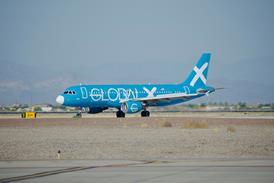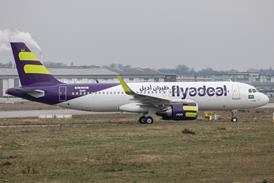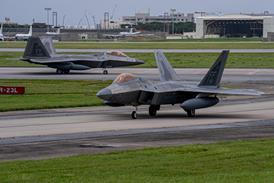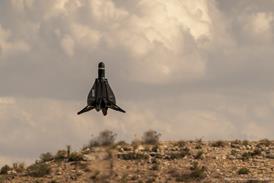The design and development of the BAE Systems Nimrod MRA 4 has been a complex and demanding programme, with technical problems, considerable delays and massive cost growth since the original fixed-price contract was awarded in 1996.
The MRA 4 will represent a step change in capability compared to the Nimrod MR 2, with a six-hour increase in unrefuelled endurance, and an integrated and automated state-of-the-art mission system that has allowed a reduction in crew from 13 to 10.
Comprehensive data fusion frees the crew to concentrate on tactical issues rather than on systems management. Good progress has been made on the development programme. The three prototypes have accumulated 1,150 flying hours, and a number of landmarks have been achieved, including full fuel testing, a polar navigation sortie and safe stores separation trials. The first aircraft for the RAF is now some 85% complete and forecast for delivery in 2010 with the second aircraft following closely behind.
This is encouraging progress for a programme that has been fraught with problems. The latest information is that MRA4 is now 92 months late, with a December 2010 in-service date, and £787m over budget. The delay includes a further three month slip (and an extra £100m) in 2007-8 as a result of changes arising from the flight trials programme.
 |
|---|
Last year, RAF sources spoke of over-cautious development timescales and an integrated project team that had “gone native” – though it now seems the project is back on track.
The original requirement called for 25 aircraft with an in-service date (ISD) of 2003, though this was reduced to 21 aircraft by the time the contract was signed. The ISD was defined as the date when seven aircraft would be fully operational. The twenty-first and final aircraft should have been delivered to the RAF in 2006.
BAE Systems advised the Defence Procurement Agency (DPA) that they could not meet this date in late 1998, following technical and resource problems. The contract was ‘re-baselined’ in May 1999, following extensive negotiations, and a new ISD of March 2005 was set. But by the end of 2002, it was clear that the overlap of development and production activities was leading to further timescale problems. Series production work was stopped in February 2003, with an agreement that production work would wait until the design had reached adequate maturity and acceptable production costs were forecast. The contract was changed from the previous fixed price basis, to a target cost incentive fee (TCIF) arrangement for design and development.
The number of aircraft was reduced to 18 and then, in 2004, to 12. The first MRA 4 flight trials aircraft, PA1, which had no mission system fitted, made its first flight on August 26, 2004. The second (PA2) with the full mission system first flew in December 2004, and PA3 began flight testing in August 2005. Even with three prototypes, progress was slow, and the UK MoD finally awarded the production contract for 12 Nimrod MRA4 aircraft in July 2006.
Source: Flight International























